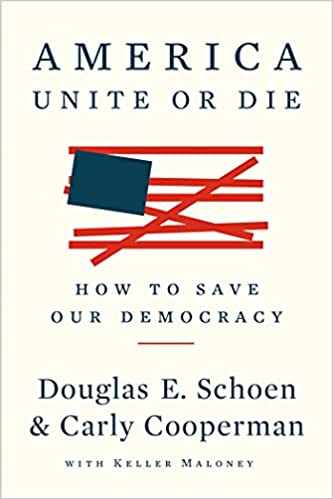
File photo. (REUTERS/John Gress)
The US Postal Service delivers more than 160 billion pieces of mail a year, so how can we tell if one of those pieces is a bomb in disguise?
A new piece of technology uses harmless, low-frequency terahertz waves to scan for dangerous threats hidden in the mail.
Without having to open suspicious packages or envelopes, the T-COGNITION system can detect hidden criminal drugs, hazardous materials and explosives disguised as harmless mail.
A German team made up of researchers from the Fraunhofer Institute for Physical Measurement Techniques IPM and Hübner developed the tech.
The T-COGNITION system is based on a terahertz scanner and could help to reduce the risk to postal workers and intended targets of the sender.
Soon after the 9/11 terrorist attacks, letters loaded with the biological weapon anthrax began surfacing in the U.S. mail. Ultimately, five Americans were killed and 17 became ill.
Last year, several letter bombs were sent to Armed Forces recruitment offices in the United Kingdom.
Letter bombs still occur in the United State and it is not just high profile people who are targets. Without the aid of technology, postal workers sometimes recognize the hallmarks of a threat and act to prevent a tragedy.
In Virginia for example, a woman sent her estranged husband a package with a bomb in it. In this instance, a postal worker recognized the threat and saved lives.
Smart, effective, and affordable technology could only increase the success of thwarting these threats.
So what’s the technology?
Is it an innocent birthday present or a bomb? Is it an innocuous letter or an explosive threat? This tech leverages terahertz to distinguish threats lurking in the mail.
“The terahertz range lies midway between microwave and infrared in the electromagnetic spectrum, and thus combines the advantages of both,” said René Beigang of Fraunhofer IPM and Dipl.-Ing, in a press release.
Similar to microwaves, terahertz waves are low-energy frequencies and ones that can readily penetrate a wide range of materials from paper and fabrics through to plastics and more.
Another big advantage is that terahertz waves, unlike x-rays, are safe to use in an unprotected environment.
It is still early days for terahertz technology and researchers continue to explore and develop applications for it.
How does T-COGNITION work?
The scanner has a retractable tray. A suspicious envelope or package can be placed on it. The current system works on postal packages the size of a standard piece of printer paper with a thickness of up to two centimeters.
T-COGNITION uses terahertz waves to reveal threats. Depending on the material in the package and what the waves have to travel through, the waves are absorbed at different frequencies within the spectral range.
Scanner detectors record the transmitted wavelengths and identify the object’s unique spectroscopic “fingerprint.” The data can then be analyzed quickly using special software. The fingerprint is then compared with those collected in a database. The hidden material in the package is then identified.
If the tech identifies a threat or something illegal like drugs, then it sounds an alarm.
It could be deployed for all sorts of mailrooms ranging from companies and schools to prisons, government agencies, and embassies.
What can you do to identify threats?
The U.S. Postal Inspection Service has put together a number of hallmark signs that indicate a letter or package may contain a threat.
According to the USPS, mail bombs may have excessive postage since a bomber may not want to have face-to-face contact with a window clerk. The return address may be fictitious or non-existent.
Another indication may be the postmark may show a different location than the return address.
Mail bombs disguised as packages may have notations on the outside like “Personal” or “Private.” When the intended recipient does not usually receive personal mail at that address, then this is particularly relevant.
The packaging may also state things like “Fragile: Handle with care” or “Rush: Do not delay.”
Packages that pose a threat may have distorted handwriting. Homemade labels or cut-and-paste lettering may be used for the name and address.
Several combinations of tape may be used to seal the package and there may be protruding wires, aluminum foil, or oil stains. Packages and letters that contain a threat may also have peculiar odor.
In terms of shape, letter bombs may feel rigid or appear uneven or lopsided. An irregular shape, soft spots or bulges could be signs of a package bomb.

